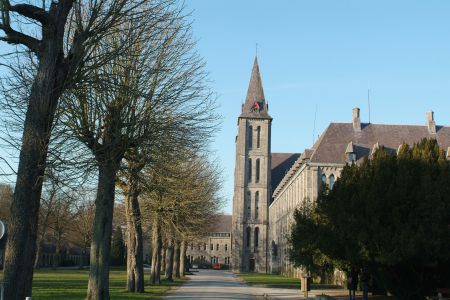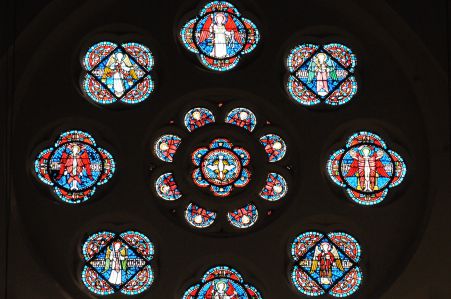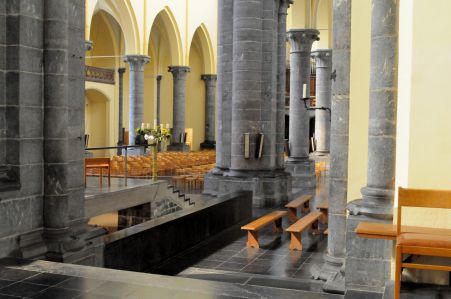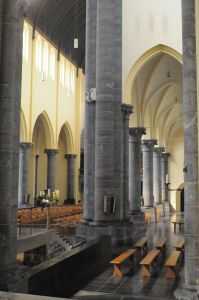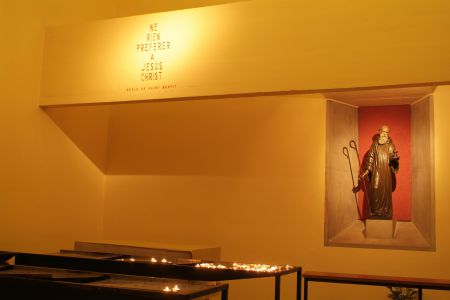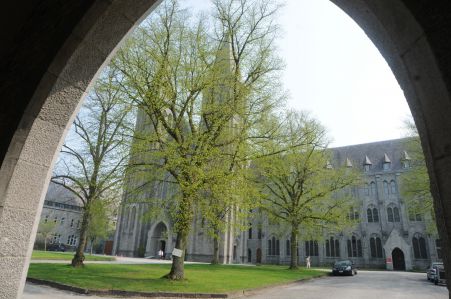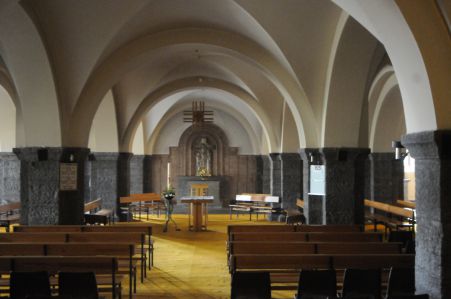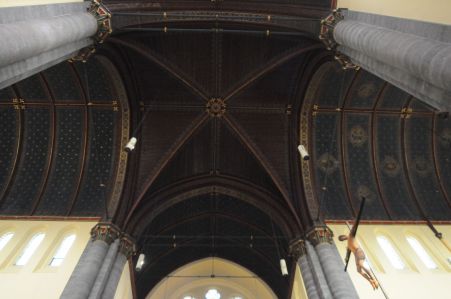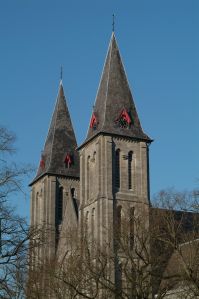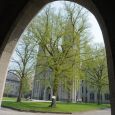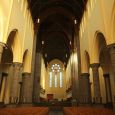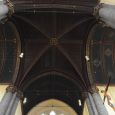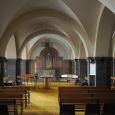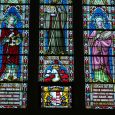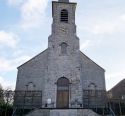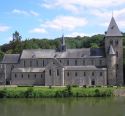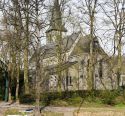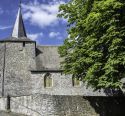Abbey church | 1872 | Neogothic | Catholic Church






Map
Opening hours
01 January - 31 December
Mon 7.00 - 20.30
Tue 7.00 - 20.30
Wed 7.00 - 20.30
Thu 7.00 - 20.30
Fri 7.00 - 20.30
Sat 7.00 - 20.30
Sun 7.00 - 20.30
Guided tour
+32 82 69 82 84
Religious offices
Matins : daily 7 am
Service : weekdays : 12 am • Sunday + feastdays : 10 am
Vespers : weekdays : 6.30 pm • Sunday + feastdays: 4 pm
Evening service : daily 8.30 pm
Description
Going up the Molignée valley towards the plateau of Maredsous one arrives at this impressive neo-gothic abbey. It is a centre of spiritual and intellectual life as well as the objective for those who come on a traditional walk to taste the beer and cheese, find religious books and articles and stroll in the neighbourhood. The church is always open.
It was built in 1872 with a long nave and a choir for the monks at the end. The original polychrome walls have been stripped of their glowing red look to become sober and simple. Liturgical reforms have now brought the monks closer to their congregation during ceremonies. The church achieves its most sublime spiritual dimensions during the four high points of the day when the monks come together to pray in the church or crypt: matins, mass, vespers and the evening service. Everyone can join in.
Photos
Remarkable elements
Saint Benedict and his rule
Present since 1872, the monks respect the rule of Saint Benedict of Nursia, a religious who lived in the VIth century. He said: "Nothing will be more important to us than God's work". True to his rule, he decided to create his own community of men, self-supporting in a limited space, never turning away from the search for God. The concept of the "monasterium" is then born. Saint Benedict then wrote a rule to organize monastic life in detail: the frequency of the offices, spiritual reading in a climate of reserve and silence, but also manual labor and daily life (meals, habitation, welcome,....).
Neo-Gothic architecture
The whole is a beautiful architectural neo-Gothic example very widespread in the region. This style, typical of the 19th century, aims to revive the medieval forms. His architect, Jean-Baptiste de Béthune, played a central role in his development in Belgium. He was romantically inclined and convinced that he should convey to the people his Catholic devotion through a revaluation of the art of the Middle Ages, a leading period for the Catholic religion.
Ceiling of the vault
The central nave is covered with a broken barrel vault made of wood and covered with blue paint dotted with small stars.
Gravestone of Columba Marmion
The second chapel in the north aisle, known as the Chapel of Saint Gregory, contains the tombstone of the third abbot of Maredsous, Columba Marmion (1858-1923). Because of his exemplary life entirely devoted to God, his desire to spread the Christian message, particularly through publications, and the recognition of a miraculous cure due to his intercession, this abbot of Irish origin was beatified by Pope John Paul II on September 3rd 2000.
St Benedict's Chapel
The ground floor of the south tower houses the St. Benedict's Chapel, where the statue of this saint is located. This work dating from the 17th century is the object of great veneration.
Stained glass windows
The three large stained glass windows on the west façade represent the founders of the great religious orders, while those in the side chapels evoke the patron saints of donors.
The stained glass windows in the transept pay homage to Christ in the Blessed Sacrament to the north and to Our Lady of the Rosary to the south.
The rose window that illuminates the choir of the basilica is decorated in its centre with the dove symbolising the Holy Spirit surrounded by angels.
The stained glass window at the back of the north aisle was made after the Second World War. In the centre of the window is the crowned Virgin Mary surrounded by two brothers and two fathers of the abbey of Maredsous who died during the war.
Nearby
Circuit
The new Benedictine abbeys

Detours and other pilgrimages in Namur (loop 2) - Two Benedictine abbeys in the heart of the Molignée valley welcome visitors every day. You will find beer, illuminations but above all tranquility...



